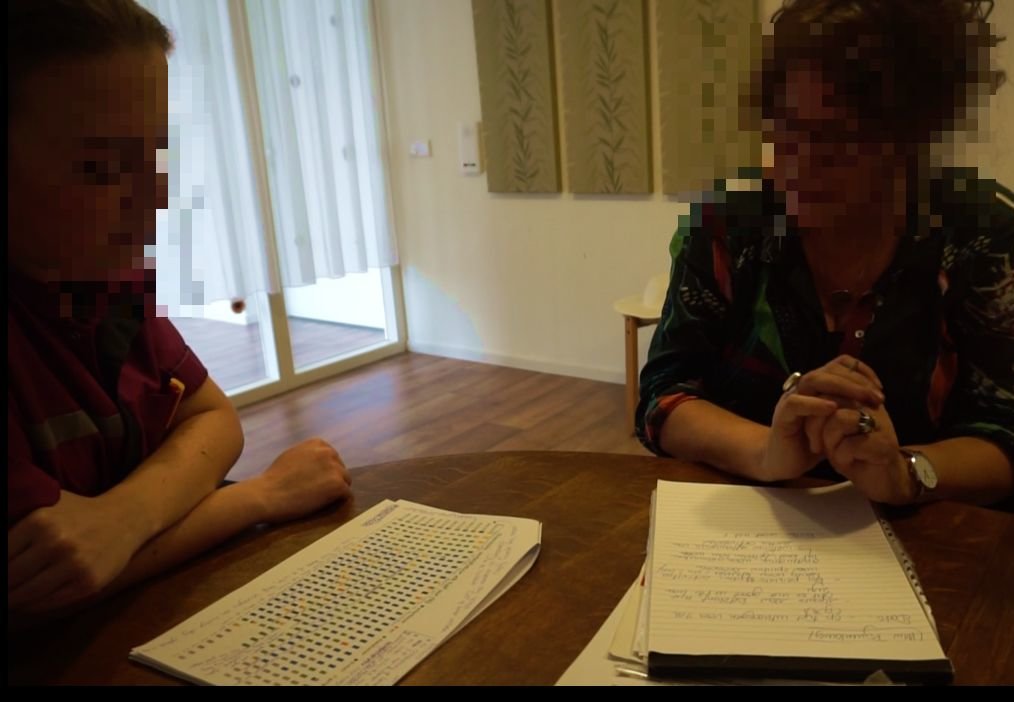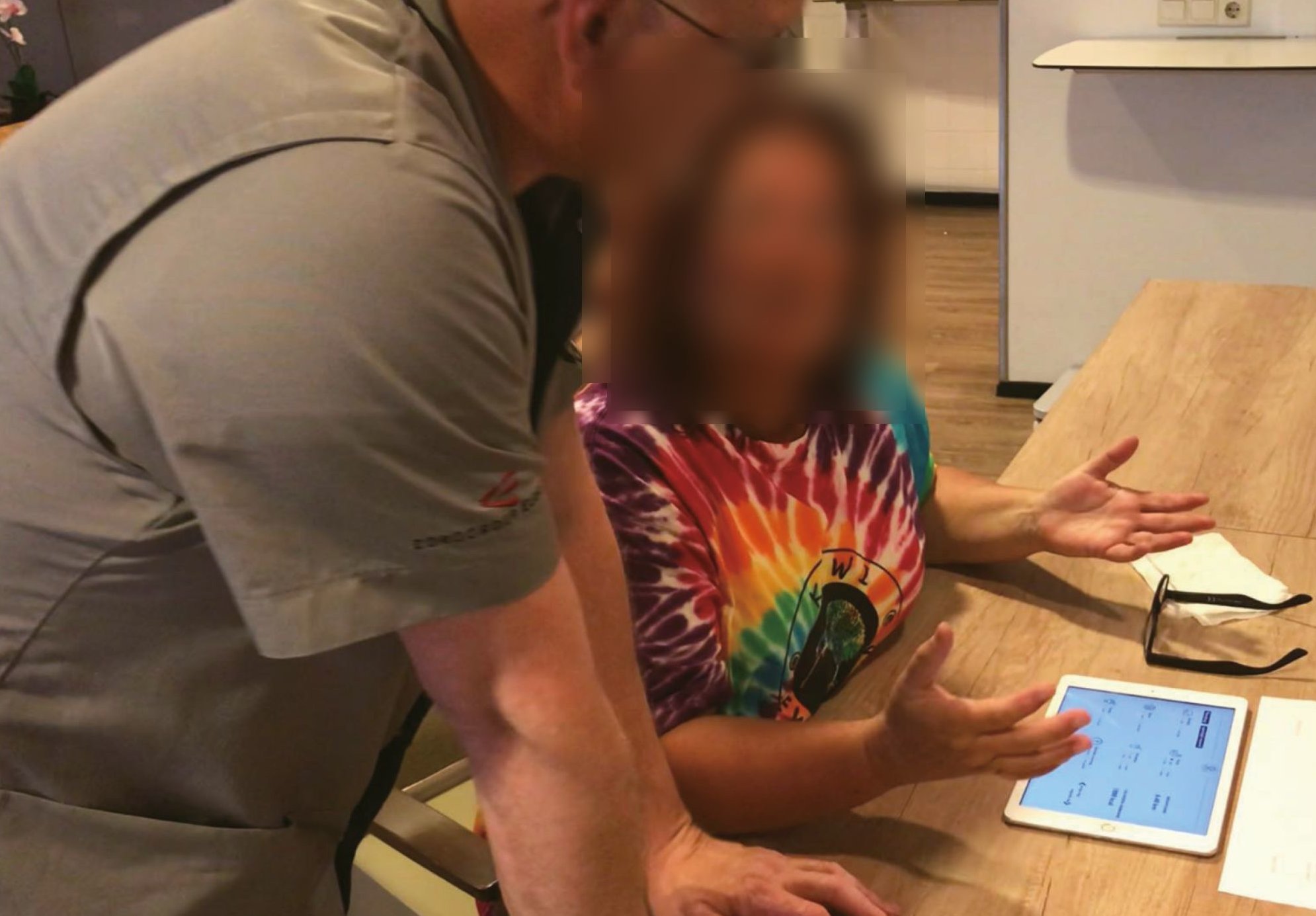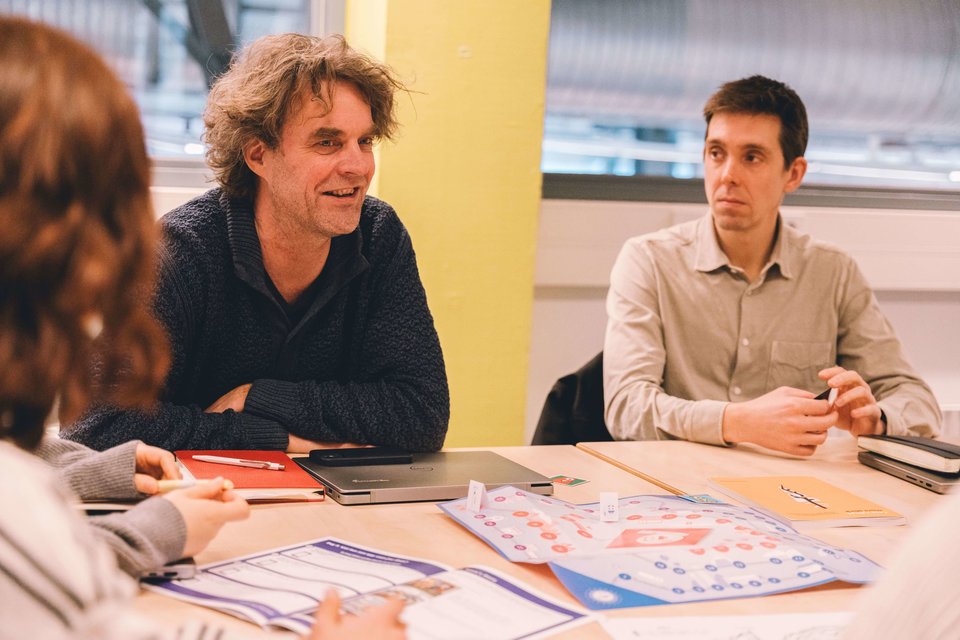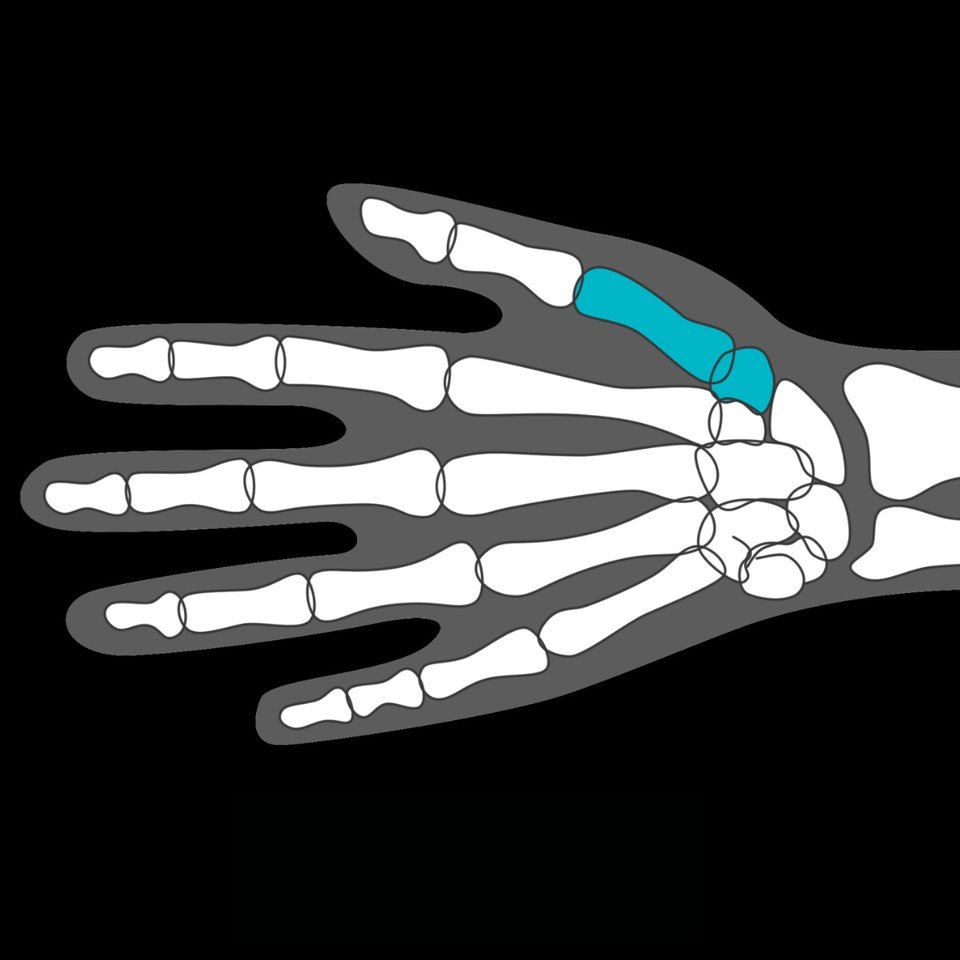Care for Dementia
Almost all people living with dementia will develop at least one behavioural and psychological symptom during the course of their disease. Think of agitation, aggression and restlessness etc. These symptoms could lead to physical injuries and psychological distress for themselves and their caregivers. Managing Behavioral and Psychological Symptoms of Dementia (BPSD) is one of the most costly and complex aspects of dementia care, and BPSD is defined as a predictor of nursing home placement.
In the Care for Dementia project, a team of researchers of Industrial Design, TU Delft hypothesize that technology could open up the solution space for managing BPSD. How this technology could be applied and its potential side effects should be carefully thought through. In this project, researcher Gubing Wang adopts the human-centered design approach to gain and apply knowledge about dementia care residents, the care team in the nursing home and their interaction with the environment. This is applied to designing technological products and services that meet their needs and aspirations.
BPSD could be a way for the residents to express their unmet needs and goals. Paying close attention to these symptoms could help the care team to better identify how the residents feel and what they want. Each resident is different and could be cared for in a personalised manner. Therefore, the team focusses on an Indoor Positioning System, which collects continuous personal location data over a long time span to provide an unique perspective for the care team about each resident in addition to the traditional reserarch methods. In the project, IDE researchers have developed a digital platform and the service around it to help the care team uncover insights about each resident regarding their symptoms, day structure, lived environment and more. The goal is for care plans of the residents to been updated to be more personalised based on the digital platform usage.
IDE researcher Gubing Wang writes a blog about her experiences with both design research in Care for Dementia, and her personal experiences with dementia in her family. Check out the link below.

Gubing Wang
- +31 (0)15 27 82225
- g.wang-2@tudelft.nl
-
Room C-2-130
Mo-Tu-We-Th-Fr
Armagan Albayrak
- +31 (0)15 27 81932
- A.Albayrak@tudelft.nl
-
Room C-3-080

Tischa van der Cammen
- +31 (0)15 27 83021
- t.j.m.vandercammen@tudelft.nl
- Publications
-
Room C-3-180
"Autonomous ageing"





